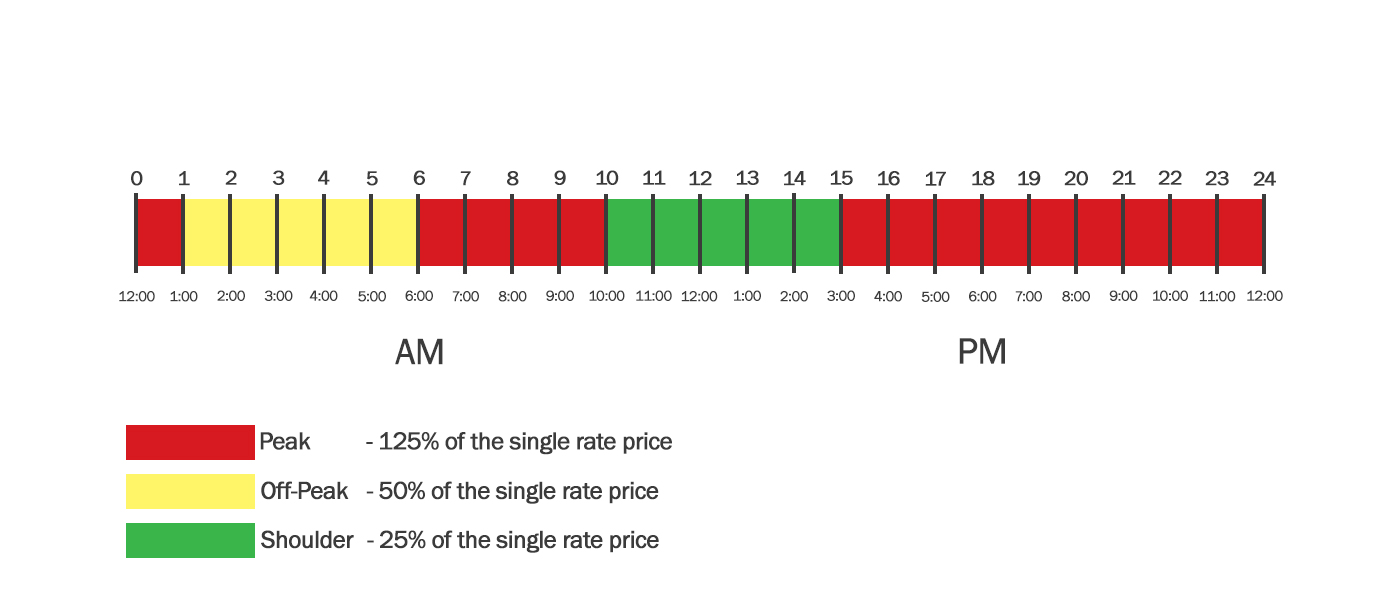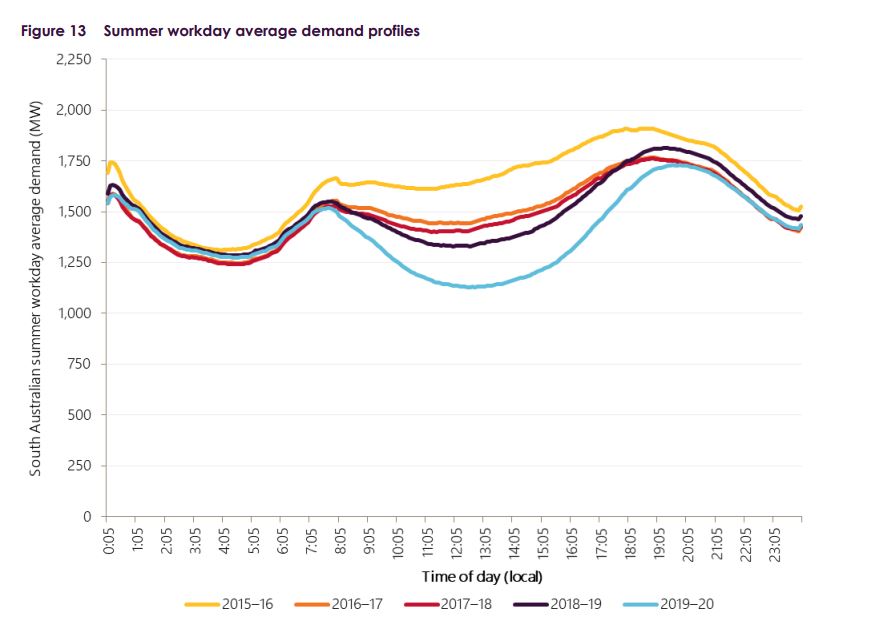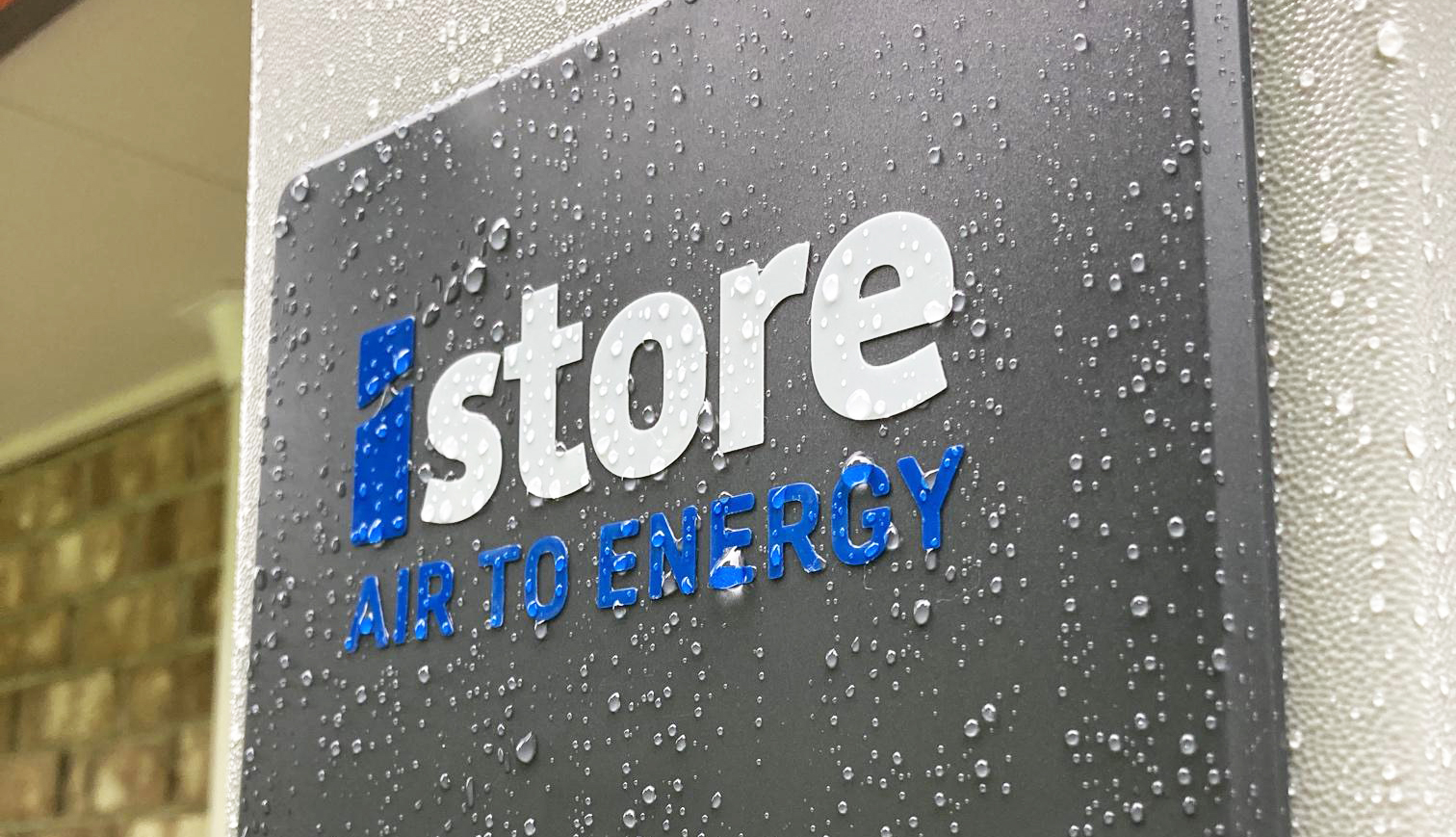What is ‘Time of Use’ Tariff? And How Will It Affect You?

As some of you may be aware, South Australia has recently introduced a new electricity tariff structure that has already been implemented in most Eastern states. It is called Time of Use.
How this is different from our current rates? Well, majority of households will be on the standard Peak & potentially Controlled-Load tariff (sometimes called off peak, J tariff or ancillary). The standard peak tariff applies to all electricity usage, no matter the day/time, where the Controlled Load is a specific metering function that operates overnight between roughly 11pm-6am for limited appliances – mostly used for electric hot water. This controlled load is approximately half the standard peak electricity rate.
The new tariff system will split all electricity consumption within the home between 4 time blocks and 3 prices. The three categories will be;
- Peak, which runs from 6am to 10am and then again from 3pm to 1am at 125% of the single rate price
- Shoulder (also called Solar Sponge) which will run from 10am – 3pm at 25% of the single rate price and
- Off Peak which will run 1am to 6am at 50% of the single rate price
Great for those who work at home, are home mainly during the day, or have the ability to time their appliances.

This new tariffing system is said to be introduced to combat the SA electricity grid being overloaded during the day with those pushing excess solar PV back into the grid. This will reduce the pressure on the infrastructure/network and benefit those homes where solar PV is not achievable or affordable. As show by AEMO’s graph below, the SA grid is continually experiencing less and less demand due to residents’ high uptake of home PV systems (well done, us!), however this does result in some logistical issues from an electricity management perspective at the state level. With the introduction of Time of Use the aim is to increase appliance usage through these low-period points in the day to flatten this curve and keep demand at a more consistent rate.

‘South Australian Electricity Report’, November 2020, Australian Energy Market Operator, Pg 34
https://aemo.com.au/-/media/files/electricity/nem/planning_and_forecasting/sa_advisory/2020/2020-south-australian-electricity-report.pdf?la=en
How does this relate to hot water? For homes with electric hot water systems, you will be able to install a timer to set the operation of the system for during these cheaper Shoulder & Off Peak periods. You could even make the change to a heat pump system which uses 1/3 less electricity and operates more efficiently during the peak of the day.
Most newer heavy electricity usage appliances, such as heating/cooling, dishwashers, dryers, washing machines, will already have delay settings and/or timers so you can set these systems to run during the cheaper Shoulder period.
This is currently only available to homes with smart meters. We recommend speaking to your retailer to ensure you are on the deal that best suits your energy use.
For some further info on Time of Use see the links below.



